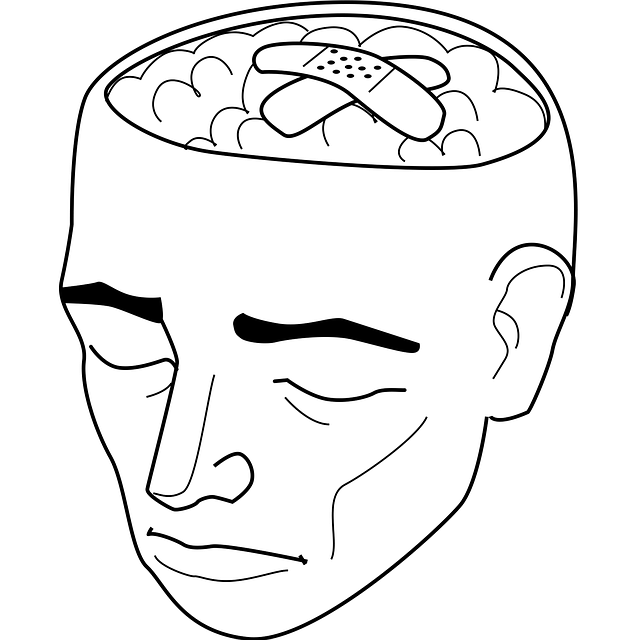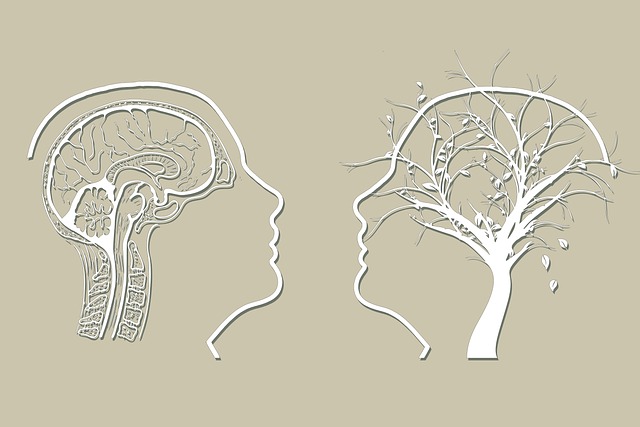Boulder Sexual Abuse Survivor Therapy (BSAT) employs holistic approaches, combining therapeutic interventions, support groups, education, and stress management to empower individuals in their mental wellness journeys. Evaluating BSAT requires specialized tools like Self-Awareness Exercises (SAE) and risk assessment to capture the complexities of recovery from sexual abuse. Quantitative methods track changes in PTSD symptoms over time, while qualitative approaches like interviews and focus groups offer deep insights into survivors' experiences and challenges, guiding tailored support and crisis intervention strategies. This integrated evaluation strategy ensures effective treatment plans and enhances care for BSAT participants.
Mental wellness programs play a crucial role in supporting individuals, especially survivors of trauma like sexual abuse. This article explores various evaluation methods used to assess the effectiveness of such programs, focusing on the unique case of Boulder Sexual Abuse Survivor Therapy. We delve into quantitative techniques for tracking progress and outcomes, qualitative approaches that gain insights from survivor perspectives, and combined strategies for a comprehensive understanding. By examining these methods, we aim to enhance the holistic care provided to those who have experienced sexual abuse.
- Understanding Mental Wellness Programs and Their Purpose
- Assessment Tools for Evaluating Boulder Sexual Abuse Survivor Therapy
- Quantitative Evaluation Methods: Tracking Progress and Outcomes
- Qualitative Approaches: Uncovering Insights from Survivors' Perspectives
- Combined Methods: A Holistic Evaluation Strategy for Optimal Care
Understanding Mental Wellness Programs and Their Purpose

Mental wellness programs are designed to promote holistic well-being by addressing various aspects of an individual’s mental health and life. These programs often include therapeutic interventions, support groups, education on coping mechanisms, and strategies for stress management. The primary purpose is to empower individuals to lead fulfilling lives, enhance their resilience, and improve overall mental health outcomes. One such specialized program tailored to a specific need is Boulder Sexual Abuse Survivor Therapy, which focuses on helping survivors navigate the complexities of trauma-related issues.
Effective evaluation of mental wellness programs is crucial for understanding their impact and ensuring they meet the unique needs of participants. This involves assessing both short-term and long-term outcomes, utilizing various methods such as self-report measures, clinical interviews, and observation. By examining factors like symptoms reduction, improved coping skills, enhanced social support, and increased positive thinking, professionals can gain valuable insights into the program’s effectiveness. Moreover, incorporating communication strategies and risk management planning for mental health professionals is essential to foster a safe and supportive environment, especially when dealing with sensitive topics like sexual abuse recovery.
Assessment Tools for Evaluating Boulder Sexual Abuse Survivor Therapy

Evaluating the effectiveness of Boulder Sexual Abuse Survivor Therapy (BSAS) programs requires a robust set of assessment tools designed to capture the nuances of mental wellness improvements. These tools must be sensitive, comprehensive, and tailored to address the unique challenges faced by sexual abuse survivors. One critical aspect is assessing self-awareness, as it’s a cornerstone of BSAS therapy. Self-Awareness Exercises (SAE) can help individuals process and understand their experiences, emotions, and behaviors, facilitating personal growth and healing.
Beyond SAE, risk assessment plays a vital role in BSAS evaluation. Mental health professionals must consider the potential risks and vulnerabilities of participants to ensure safety and inform treatment adjustments. This involves assessing not only current risk factors but also past traumas, as they can impact an individual’s mental health awareness and overall recovery trajectory. By integrating these assessment methods, BSAS programs can offer more targeted interventions, ultimately enhancing their ability to support survivors’ journeys towards mental wellness.
Quantitative Evaluation Methods: Tracking Progress and Outcomes

Quantitative evaluation methods play a crucial role in tracking progress and outcomes within mental wellness programs, offering measurable data to gauge success. These methods involve administering surveys, using standardized assessment tools, and collecting statistics on various aspects such as symptoms, mood, and behavior. For instance, in the context of Boulder Sexual Abuse Survivor Therapy (BSAT), quantitative techniques can help track participants’ healing journeys by measuring changes in their PTSD symptoms over time. This data provides valuable insights into the program’s effectiveness, allowing for adjustments to cater to individual needs.
Furthermore, these methods contribute to significant goals like resilience building and mental illness stigma reduction efforts. By collecting and analyzing quantitative data, BSAT can demonstrate improvements in participants’ ability to cope with trauma and reduce associated internalized shame or external stigma they might face. This evidence-based approach ensures the program’s continuous improvement and enhances its impact on survivors’ long-term mental wellness.
Qualitative Approaches: Uncovering Insights from Survivors' Perspectives

Qualitative approaches play a pivotal role in evaluating mental wellness programs, especially when examining sensitive topics like sexual abuse and its aftermath. By engaging with survivors through methods such as interviews, focus groups, or narrative analysis, professionals gain profound insights into their experiences and perspectives. This human-centric exploration allows for a deeper understanding of the complexities involved in healing from trauma, including unique challenges faced by individuals navigating Boulder Sexual Abuse Survivor Therapy.
Through these qualitative techniques, healthcare providers can uncover hidden narratives, identify unmet needs, and assess the impact of interventions. For instance, exploring survivors’ views on burnout prevention strategies for healthcare providers or risk assessment methodologies in mental health practices can reveal crucial information for program enhancement. Crisis intervention guidance becomes more effective when informed by the lived experiences shared during these qualitative sessions, ensuring support systems are tailored to meet the diverse needs of those who have endured such profound trauma.
Combined Methods: A Holistic Evaluation Strategy for Optimal Care

Combined methods offer a comprehensive and holistic evaluation strategy for mental wellness programs, particularly tailored for survivors of sexual abuse like those seeking therapy in Boulder. This approach recognizes that an individual’s mental health is influenced by various factors—including physiological, psychological, and social aspects. Therefore, evaluating just one domain isn’t enough to paint a full picture; instead, healthcare providers must adopt a multifaceted lens.
By integrating different evaluation methods, such as self-report surveys, clinical interviews, and behavioral observations, practitioners can gain deeper insights into an individual’s mental wellness journey. For instance, while self-care routine development and mind over matter principles can be assessed through structured questionnaires, burnout prevention strategies for healthcare providers might be observed during therapy sessions. This combined approach ensures that all relevant areas are considered, fostering more effective treatment plans and ultimately enhancing the overall care experience for survivors in Boulder Sexual Abuse Survivor Therapy.
Evaluating mental wellness programs, such as the renowned Boulder Sexual Abuse Survivor Therapy, requires a multifaceted approach. By combining quantitative methods like tracking progress and qualitative techniques offering survivor perspectives, we gain a holistic understanding of program effectiveness. This integrated strategy, highlighted in our discussion on assessment tools and combined methods, ensures that support is tailored to meet the unique needs of survivors, fostering their healing journey towards optimal mental wellness.














